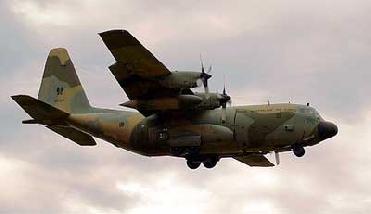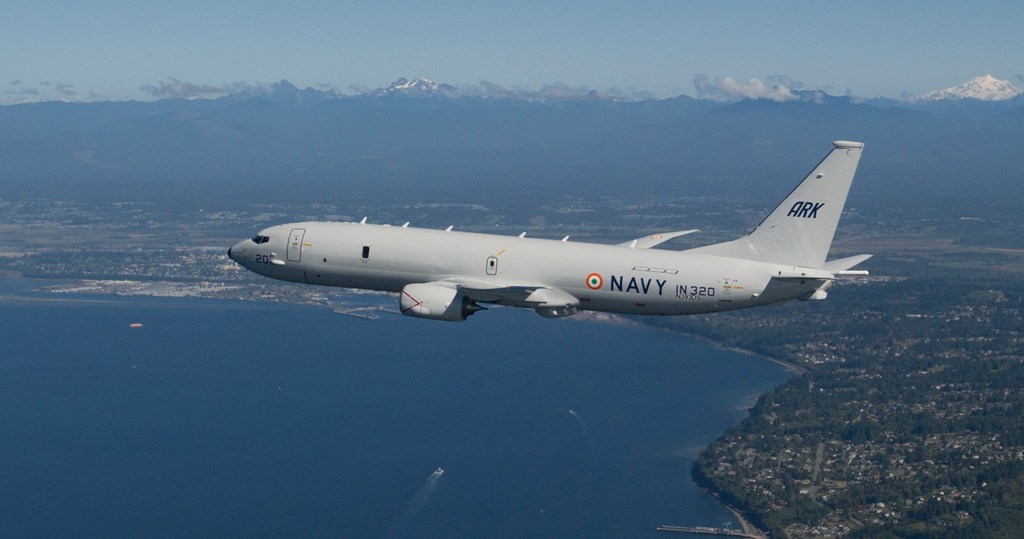
South Koreas’s Communication, Ocean and Meteorological Satellite
SEOUL (BNS): South Korea's first ocean-weather satellite has successfully reached its target geostationary orbit after being launched from French Guiana late last month, an agency report said.
According to the ministry of Education, Science and Technology Chollian communication, ocean and meteorological satellite (COMS) launched on an Ariane rocket on June 27 is circling the Earth at its fixed orbit of 36,000 kilometers over the equator.
The satellite reached its designated position of east longitude 128.2 degrees on Monday, giving it 24-hour coverage over the Korean Peninsula, Yonhap news agency said.
"The satellite is currently maintaining a speed matching the Earth's rotation and has fully deployed its communications antennas and solar panels," Yoo Guk-hee, head of the ministry's space development division was quoted as saying.
All systems on board COMS are functioning without a glitch, he said.
South Korean ground controllers will take full control of the satellite on Saturday. Currently, control over the Chollian is exercised by France's EADS Astrium, which helped build the satellite.
The new satellite is designed to send weather and oceanographic data every 15 minutes and can reduce the interval to every eight minutes in emergency situations, such as when a typhoon is approaching the country.
The 2,460-kilogram satellite is the world's first geostationary ocean-monitoring satellite that is designed to give the country timely and accurate data in such areas as the movements of tides, ocean temperatures and environmental changes, which can be used to better control maritime resources, the Ministry said.
 Previous Article
Previous Article Next Article
Next Article













The Indian Air Force, in its flight trials evaluation report submitted before the Defence Ministry l..
view articleAn insight into the Medium Multi-Role Combat Aircraft competition...
view articleSky enthusiasts can now spot the International Space Station (ISS) commanded by Indian-American astr..
view article